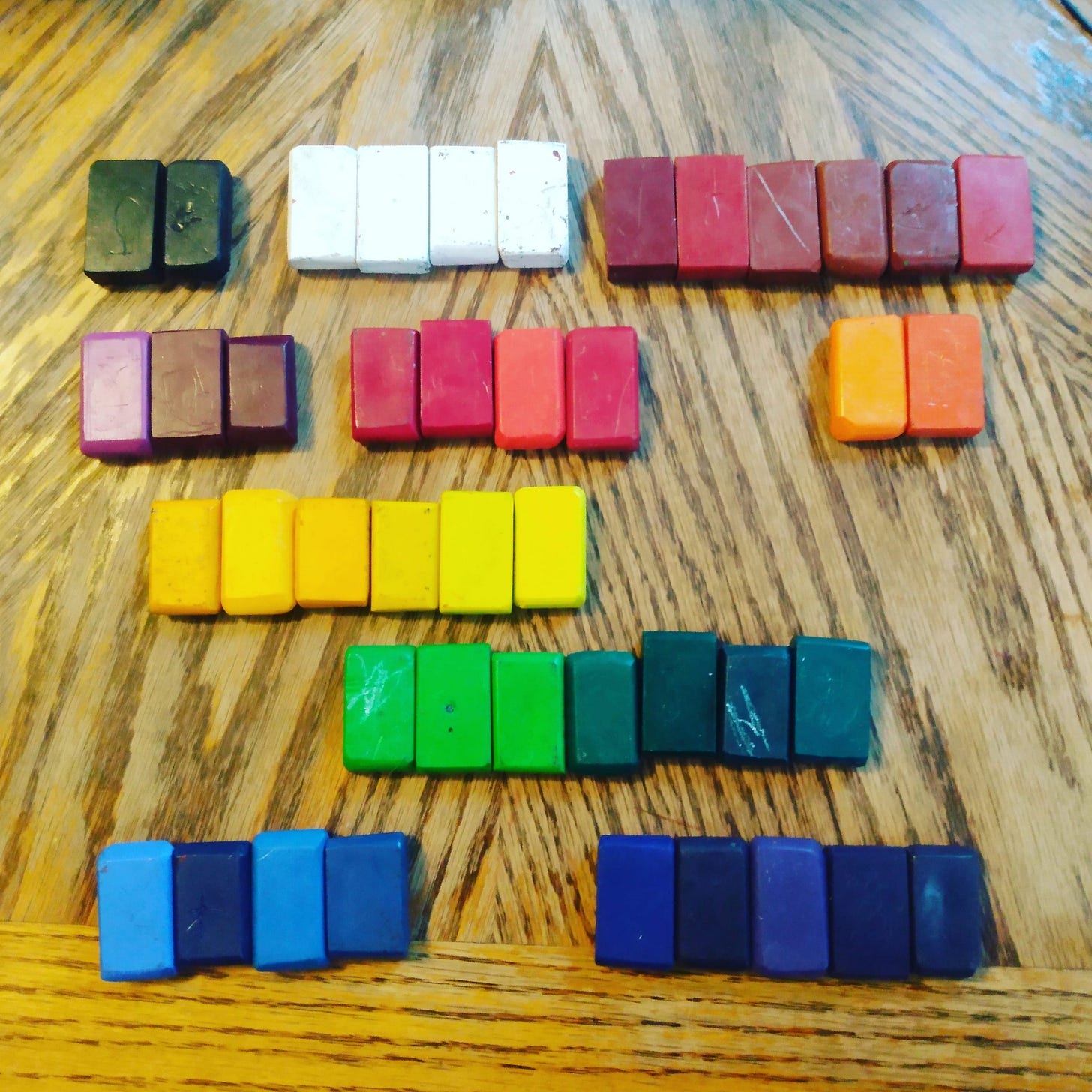Sneak Preview Of My New Rhythm Guide
If you keep creating schedules that you can't stick to to save your life, this one's for you.
After being repeatedly asked if I had any resources for home educators to create their own rhythms, I decided to create one. Here is a preview of what is included. Get the full guide in my shop!
“Rhythm” is a concept similar to schedule or routine, widely discussed in homeschooling circles and especially in Waldorf influenced spaces. In this guide, you’ll find my unique approach to rhythm as a neurodivergent home educator committed to secular Waldorf-inspired education! But it’s not just for home educators! No matter what your current educational system, you can utilize rhythm if you want to.
There are many rhythm guides available, many of them great (and a few not so great). Some of them are even free! I encourage you to use these resources if they are useful to you. In fact I hesitated to make my own rhythm guide at all.
Here are a few of the reasons I decided to go ahead and publish my own rhythm guide.
1. Most of what I found out there was not actually secular, and required people to buy into certain ideas, or even asked them to participate in spiritual practices. I felt that the religious influence really barred a lot of folks from using a potentially useful tool, created an unnecessary barrier, and made extra work. I wanted something completely secular.
2. The majority of rhythm resources were either specifically for the “Waldorf parent” or educator, or so general as to be hard to implement. I wanted to create something more inclusive. You can use rhythm without buying into Waldorf at all!
3. A friend mentioned to me that everything she found seemed to assume a neurotypical brain. As a neurodivergent parent who has home educated a neurodivergent child, I have some insight into how our brains can work differently. I wanted to start from a place of celebration and acknowledging our differences, in order to help neurodivergent parents and kids work through their specific challenges.
4. Rhythm is for everyone, not just homeschoolers! After putting my own child in a local school due to social needs, I realized that creating a rhythm is exactly the same process, regardless of how you “do school.”
My goal with this guide is to walk you through some really simple steps to finding and building up a rhythm that will feel comfortable for you, and your entire household. That doesn’t mean it will always work perfectly! but by taking everyone’s needs and abilities into account, adjusting slowly, and being willing to be flexible, you can create something wonderful. A strong daily rhythm works most of the time, relieves decision fatigue, and most of all doesn’t make you feel guilty. Sounds good? Keep reading!
This guide is not made for just one group!
To the best of my ability, this has been created for people of all genders, and in all kinds of life situations. No matter how you handle work or school, you still have a rhythm, and you can still adjust to make it work the way you want and need it to. Let’s get started!
What is a rhythm? How is it different from a schedule?
My background with the concept of rhythm comes from Waldorf inspired homeschooling circles, but those aren’t the only places you’ll hear about it. In general, rhythm is considered to be more like a comfortable routine than a strict schedule. But it’s hard to nail down an exact definition and it can easily fall into the “no true Scotsman” fallacy. That said, I really like rhythm!
The word itself is related to music, and I think that’s a useful metaphor here. In music, the rhythm is usually the backbone of a piece that helps keep everything else on track… It's reliable repetition that makes music make more sense to our ears. That said, it isn’t 100% fixed, rhythm can change over the course of a song.
Likewise, when you think of your days in terms of rhythm, the idea is to have reliability in what is repeated. Does that make it just like a schedule? Well, in my mind, a better synonym is “routine.”
